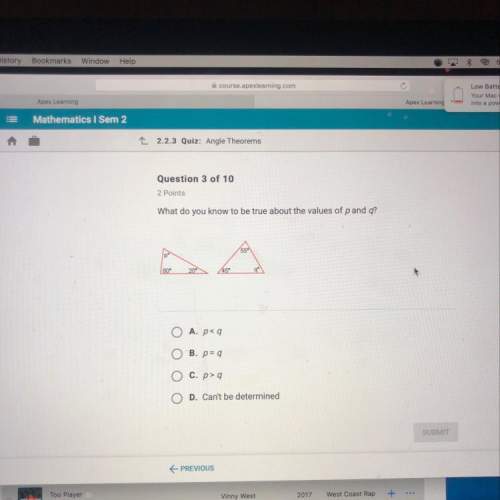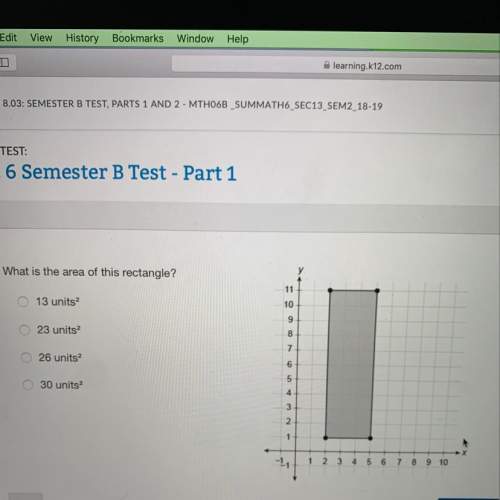
Mathematics, 08.12.2021 06:40 rose6038
In the past, you’ve seen linear and quadratic equations and their graphs. A linear equation is a polynomial of order 1, which means that the greatest exponent for a variable is 1. A quadratic equation is a polynomial of order 2. In what types of situations could you make use of polynomials of order 3 or higher? How would the graphs of these polynomials change? How would they change if there was a variable in a denominator of an equation? What if the variable was part of an exponent?

Answers: 1


Other questions on the subject: Mathematics

Mathematics, 21.06.2019 12:30, jc95704816
The slope of a line is –2 and its y-intercept is (0, 3). what is the equation of the line that is parallel to the first line and passes through (2, 2)? a. 2x + y = 6 b. y = –2x + 3 c. y=1/2x +6 d. y=-2x-6
Answers: 1

Mathematics, 21.06.2019 17:00, Tymere2011
Which measure is equivalent to 110 ml? 0.0110 l 0.110 l 1.10 l 11,000 l
Answers: 2


Mathematics, 21.06.2019 21:00, recon12759
Is there an x intercept in the equation 60*1.15^x
Answers: 3
You know the right answer?
In the past, you’ve seen linear and quadratic equations and their graphs. A linear equation is a pol...
Questions in other subjects:


Mathematics, 10.07.2019 14:30

Biology, 10.07.2019 14:30

Mathematics, 10.07.2019 14:30

English, 10.07.2019 14:30


Business, 10.07.2019 14:30



Mathematics, 10.07.2019 14:30





